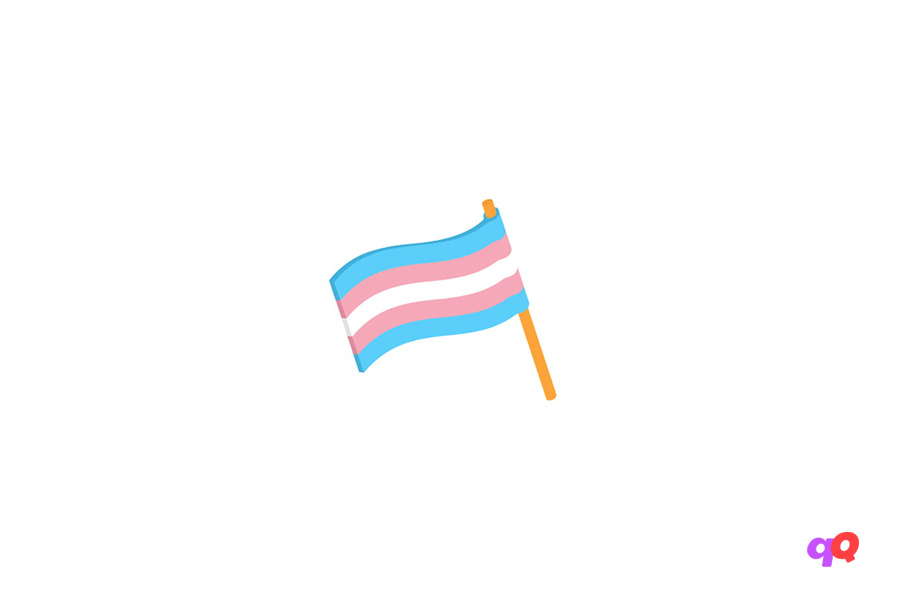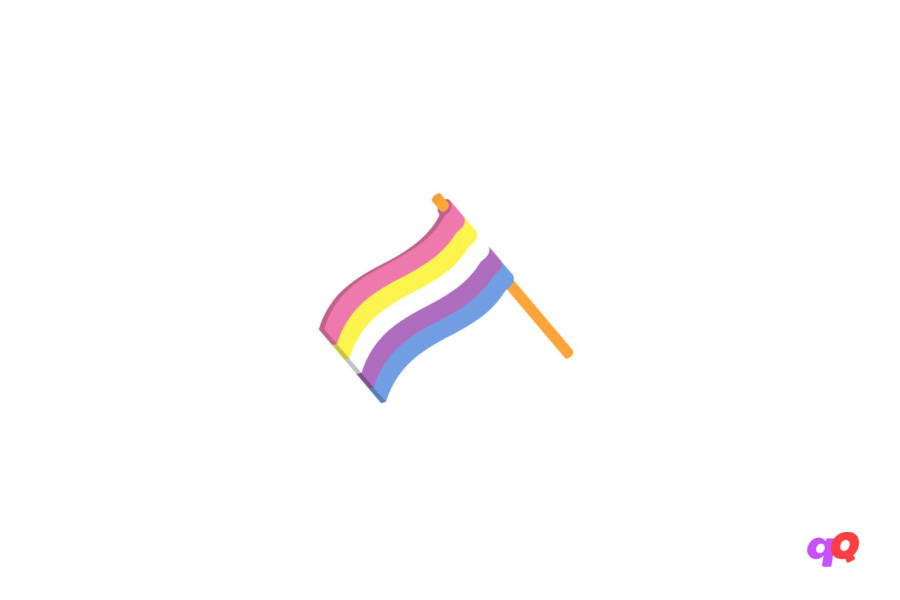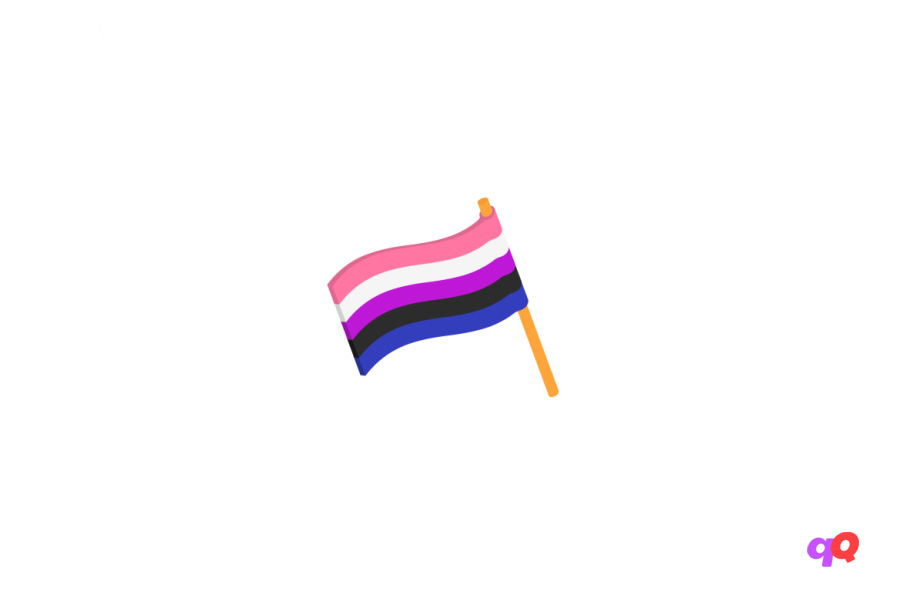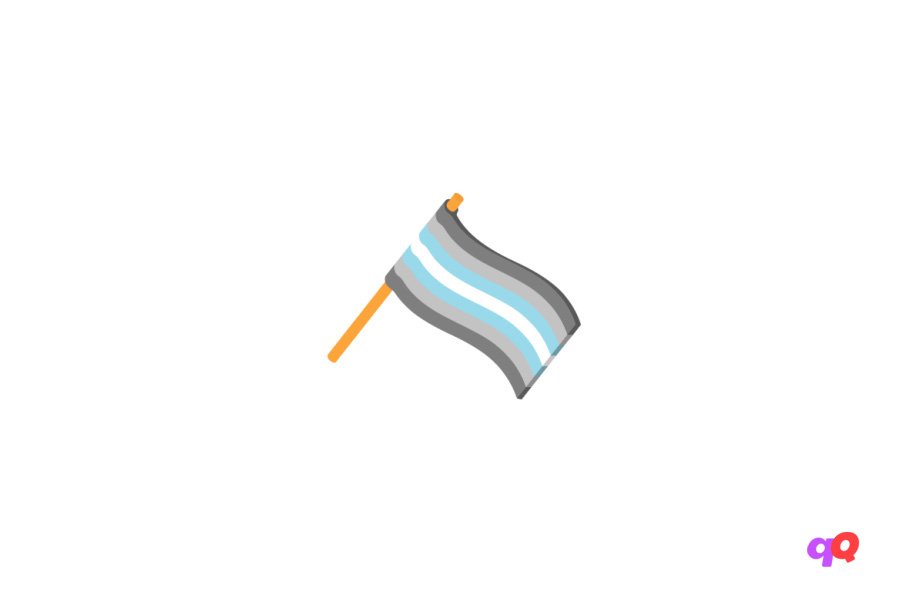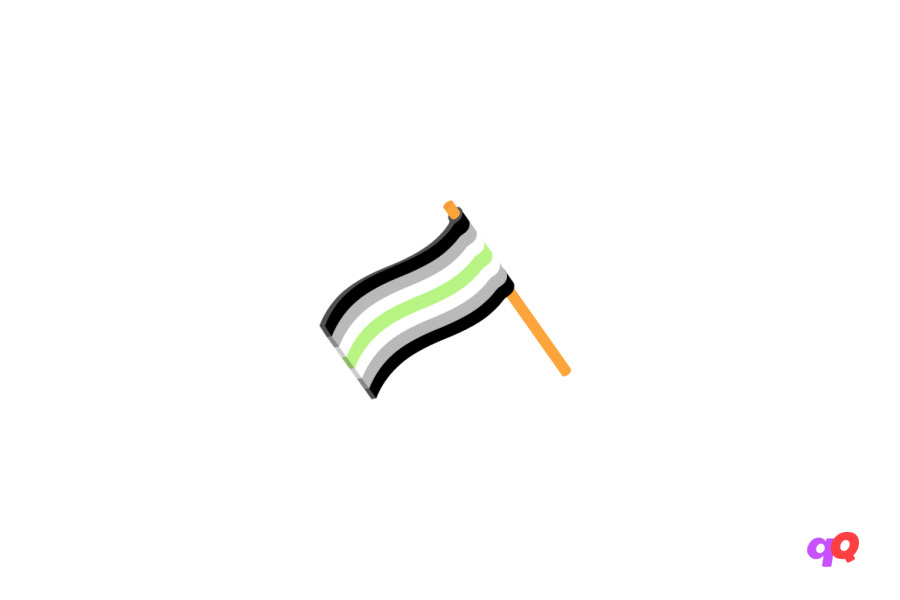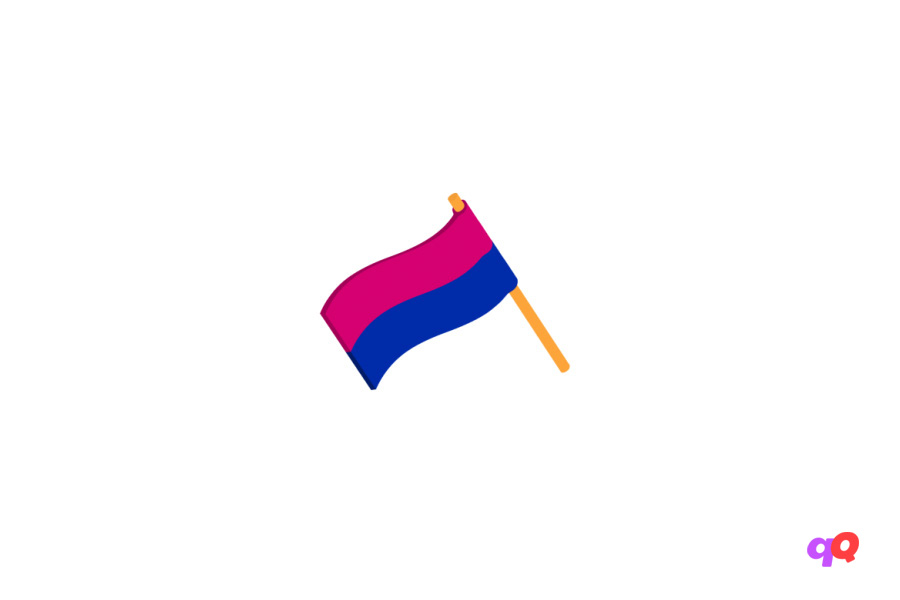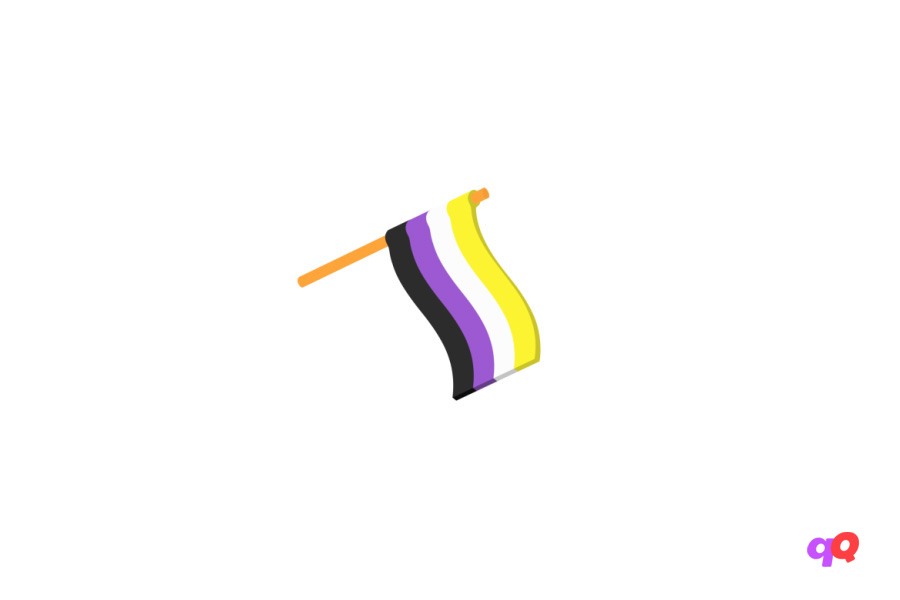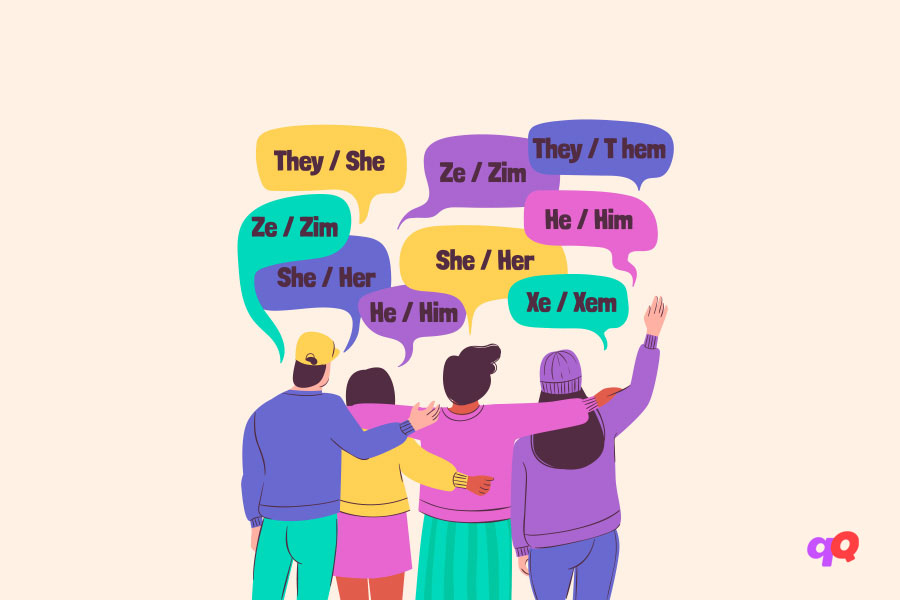Demigirl Quiz: Partly Pink, Partly You?
○ DISCLAIMER
The quizzes and content on this website are designed for entertainment purposes only and should not be used as a basis for making personal decisions about your sexuality, gender identity, or any other life choices. These quizzes are not diagnostic tools and cannot determine your identity or orientation. If you're questioning your identity or need support, we strongly encourage you to seek guidance from qualified LGBTQ+ friendly professionals or counselors. Remember that your journey of self-discovery is unique and personal to you.
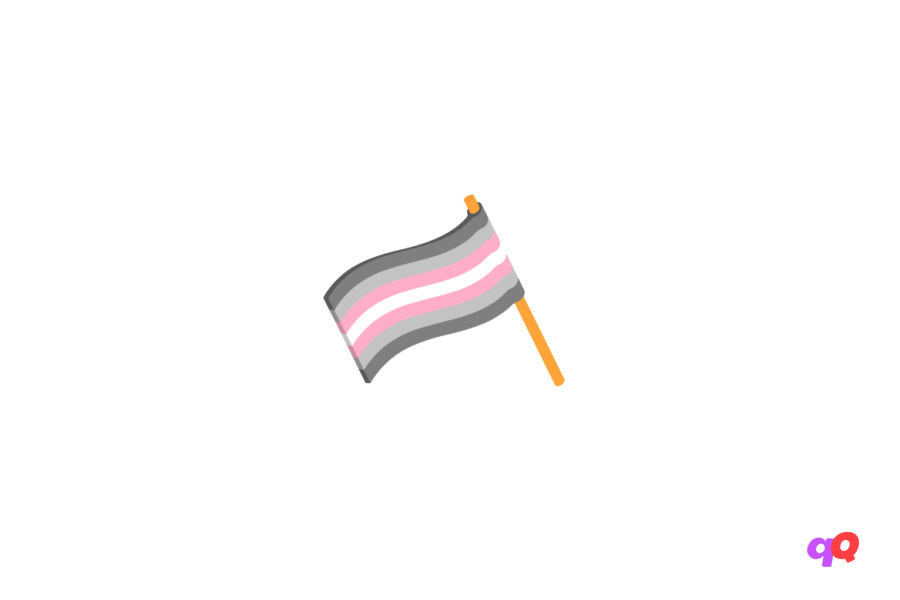
The Latin prefix ‘demi-‘ means ‘half’ or ‘partial.’ In the context of gender identity, it opens the door to the fascinating world of partial femininity — demigirl. This term so precisely describes a specific gender experience that the emergence of the ‘Am I Demigirl?’ quiz became a natural continuation of the discussion about the nature of gender.
What is a Demigirl?
The history of the term “demigirl” is inextricably linked to the development of gender identity discourse in internet communities of the early 2010s. The term emerged from the need to describe the experience of people whose connection to female gender identity exists but is not all-encompassing or exclusive. The prefix “demi-” comes from the Latin “dimidium” (half) and is used to indicate partial identification.
Demigirl can manifest in many ways. For some, it feels like a blurred but constant connection to femininity — as if viewing it through frosted glass. Others describe their experience as a combination of distinct female identity with something undefined or neutral. Still others may feel a strong connection to female identity while recognizing that part of their gender experience extends beyond it.
It’s important to note that demigirl is not “insufficient femininity” or a “transitional state.” This identity is not measured by the degree of conformity to gender stereotypes or external manifestations. A person can appear maximally feminine and still identify as demigirl, or conversely, have an androgynous appearance while feeling a strong partial connection to female identity.
Key Characteristics of Demigirl Identity
The demigirl experience is as diverse as the people who identify with this term. Some experience their gender identity as something fluid, where the connection to femininity can strengthen or weaken depending on context, mood, or life period. This doesn’t make their identity any less real or valid — on the contrary, it shows the richness and complexity of human gender experience.
In everyday life, demigirls may face unique challenges. For example, choosing clothes can become an interesting process of self-expression: some prefer to combine traditionally feminine and neutral elements, creating their unique style. Others might experiment with different looks on different days, following their internal feelings.
Demigirls’ relationship with pronouns can also vary. Some are comfortable using feminine pronouns, others prefer neutral ones or a combination of different pronouns. Some demigirls may experience dysphoria or discomfort when they’re perceived exclusively as women, ignoring the non-binary part of their identity.
Interestingly, the demigirl experience can differ across cultural contexts. In some societies where gender roles are less rigid, it may be easier for demigirls to express their identity. In more conservative communities, this might be more challenging, but it doesn’t make their experience any less real.
The Purpose of the Demigirl Test
The online “Am I Demigirl?” test is a self-discovery tool that emerged in response to people’s growing need to explore their gender identity. It’s important to understand the context of its creation: modern online gender identity tests evolved from earlier forms of self-exploration that existed in LGBTQ+ communities long before the internet era.
The test explores various aspects of gender experience through a series of questions concerning both internal feelings and external expressions of gender. For example, questions might address comfort with different forms of address, relationship with one’s body and its presentation, feelings about social roles and expectations related to gender.
Each question in the test is carefully designed to help individuals deeply explore their feelings and thoughts about gender. Some questions might address social aspects of gender: how one feels in various social situations, how they react to society’s gender expectations. Other questions might be directed at exploring internal sense of gender: how strong is the connection to female identity, whether other aspects of gender self-perception are present.
Demigirl in the Broad Spectrum of Identities
The demigirl identity doesn’t exist in a vacuum but in a complex interweaving with other gender identities and forms of self-expression. It’s part of the broader non-binary spectrum, which includes many other identities: agender, genderfluid, demiboy, bigender, and many others. Each of these identities represents a unique way of experiencing and expressing gender.
Historical context shows that concepts of partial or multiple gender identification have existed in various cultures for millennia. For example, Native American cultures have the concept of “two-spirit” people, Indian culture has hijras, and Polynesian culture has fa’afafine. These traditional understandings of gender were often more flexible and nuanced than the modern Western binary system.
The modern understanding of demigirl also includes interaction with other aspects of a person’s identity. For example, a demigirl can simultaneously be transgender if their assigned sex at birth is male. Some demigirls also identify as genderqueer, using this broader term alongside the more specific demigirl.
It’s interesting to trace how the demigirl experience can manifest in different cultural contexts. Some cultures have their own terms and concepts for describing similar experiences, and these local understandings can enrich and complement the modern understanding of demigirl.
Conclusion
Exploring gender identity is a journey that can take different forms and follow different paths. The demigirl identity is one of many possibilities in the rich spectrum of human gender experience. It shows that our understanding of gender continues to evolve and enrich, opening new ways of describing and understanding human experience.
Our “Am I Demigirl?” test is a self-exploration tool that can help in this journey. It doesn’t provide final answers but can suggest directions for further reflection. Ultimately, each person determines their own terms and ways of describing their experience.
Modern society is gradually moving toward a deeper understanding of gender diversity. This movement opens new possibilities for self-expression and self-knowledge, allowing each person to explore and express their identity in an authentic way. Demigirl is part of this rich spectrum of possibilities, another reminder that human gender experience is much richer and more complex than traditional binary categories.
○ Related Quizzes
Questions Overview
- Like a full-blown, roaring dragon.
- Like a chameleon, shifting and changing.
- Like a dragon with butterfly wings. A mix of fierceness and softness.
- Totally out of this mythical world.
- Whatever is in season. No more, no less.
- A mix of "traditionally male" and "traditionally female" clothes, with a sprinkling of unisex.
- Only hoodies and pajamas. Comfort above all!
- Invisible cloaks and fairy wings.
- It fits like a glove!
- It's like wearing a shoe that's a size too big.
- It’s part of me but not all of me.
- I prefer "unicorn," thank you.
- She/Her and that’s all.
- They/Them, because it feels more neutral.
- A combination, like she/they.
- Alien/Zalien because why not?
- Go straight for the steak.
- Sample a bit of everything!
- Take a bit of this, a dash of that, but not fill the plate entirely.
- Just eat the dessert.
- A lioness. Strong and sure.
- A platypus. A little bit of this and that.
- A mermaid with one leg on land and the other in the sea.
- A sparkly space narwhal.
- “Yep, that's me!”
- “Well... partially true.”
- “Depends on the day.”
- “I’m more of a space explorer.”
- Lost without a map.
- More or less the same. You do you.
- Lighter, it's a bit freeing.
- Like you’re floating in a zero-gravity chamber.
- Clearly one shade.
- A gradient of many hues.
- Transparent with specks of glitter.
- Rainbow and then some!
- Clear boundaries and definitions.
- Fluidity and change.
- Individual choices without judgment.
- Only unicorns. Because unicorns.
- Grounded in your stance.
- Like you're floating in between definitions.
- Curious about all perspectives.
- Like you're on a rollercoaster. Whee!
- Classical – timeless and defined.
- A fusion – blending various styles seamlessly.
- Ambient – it's there, but it doesn’t define everything.
- Alien techno – because it's out of this world!
- "She: An Autobiography."
- "Journey to the Middle... and Beyond!"
- "Discovering the Layers Within."
- "Why Labels When There’s Glitter?"
- Just know and respect your gender.
- Ask about your pronouns.
- Understand that gender is a spectrum.
- Give you a high-five because introductions are exhausting.
- A straight path, clear and direct.
- Climbing a mountain with some plateaus.
- Exploring a forest, finding new nooks and crannies.
- A rocket ship ride through the cosmos.
